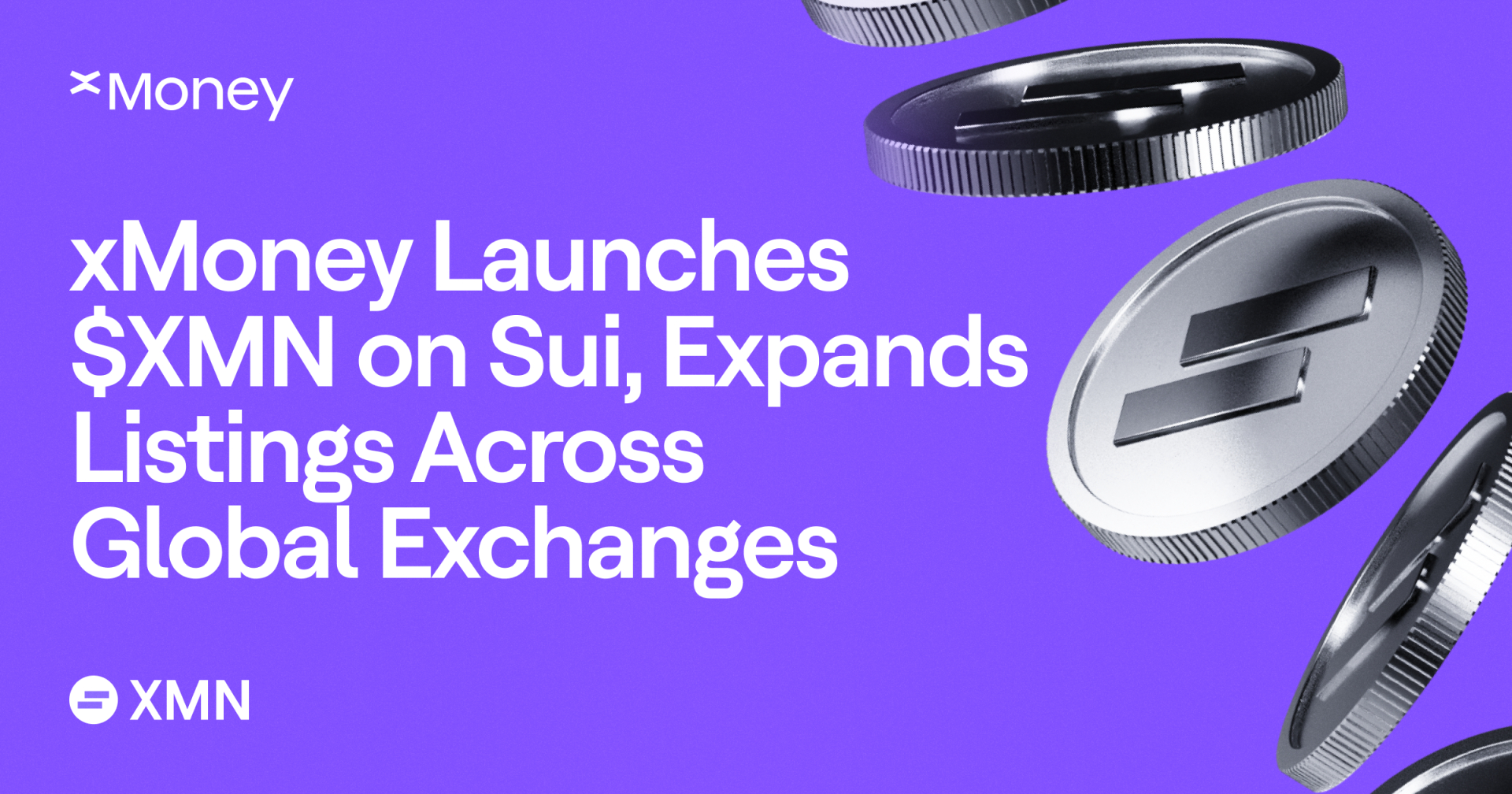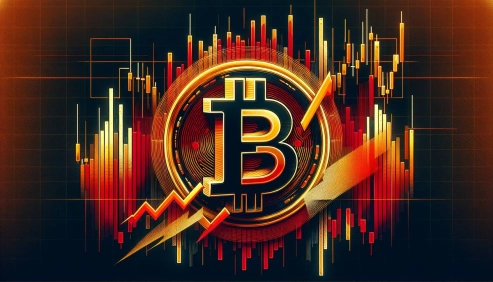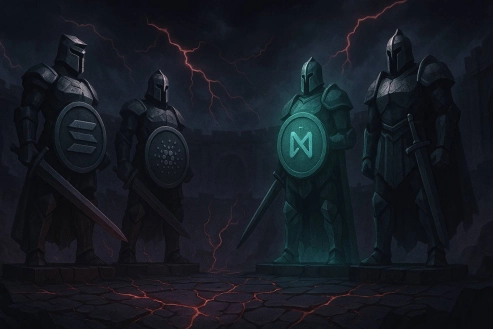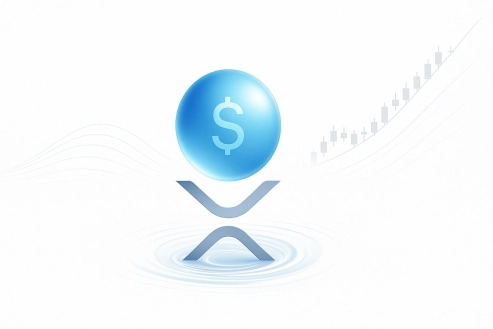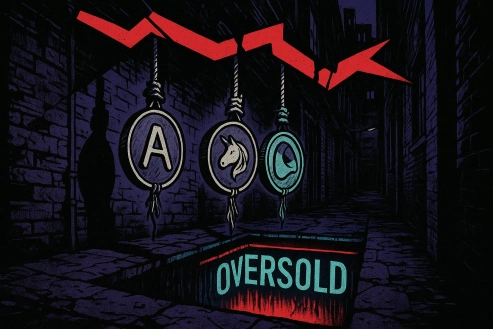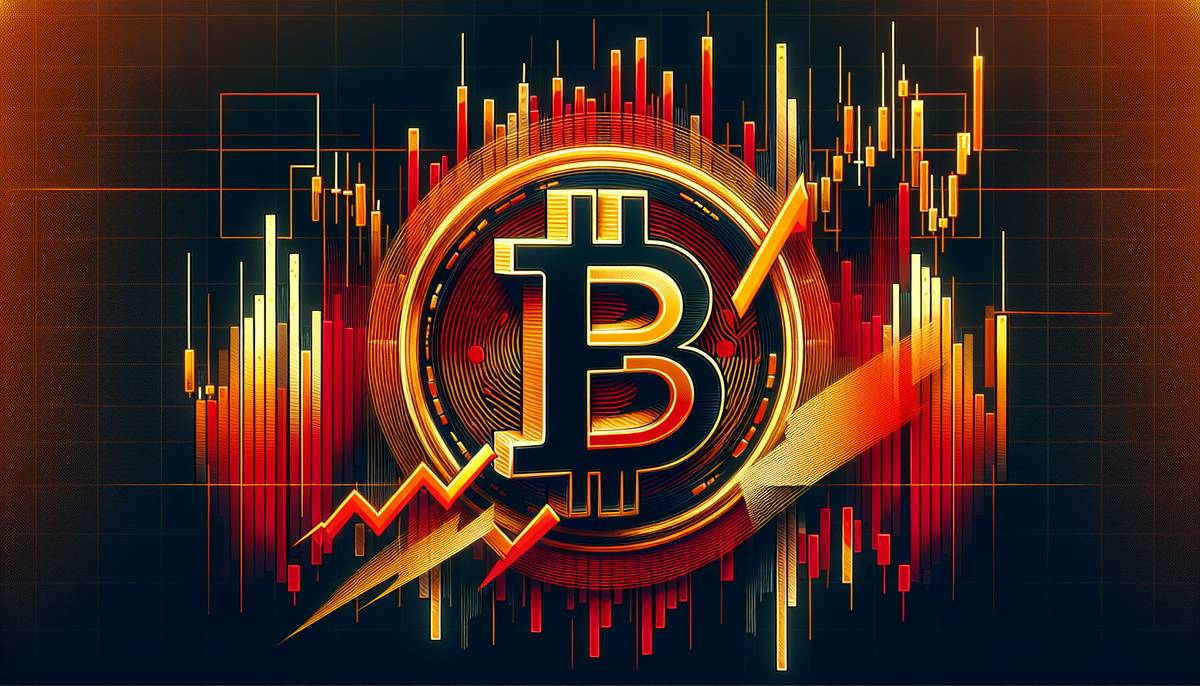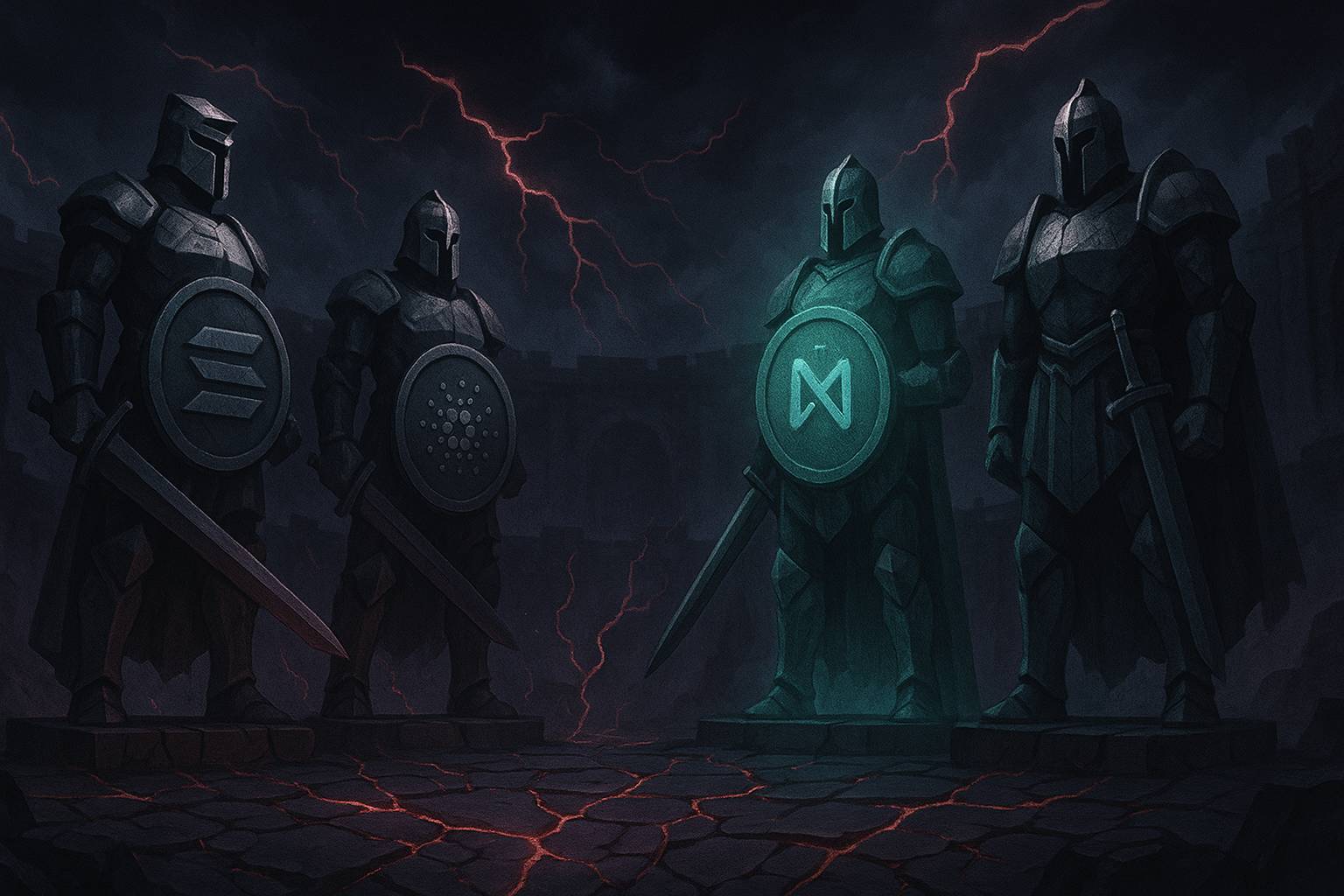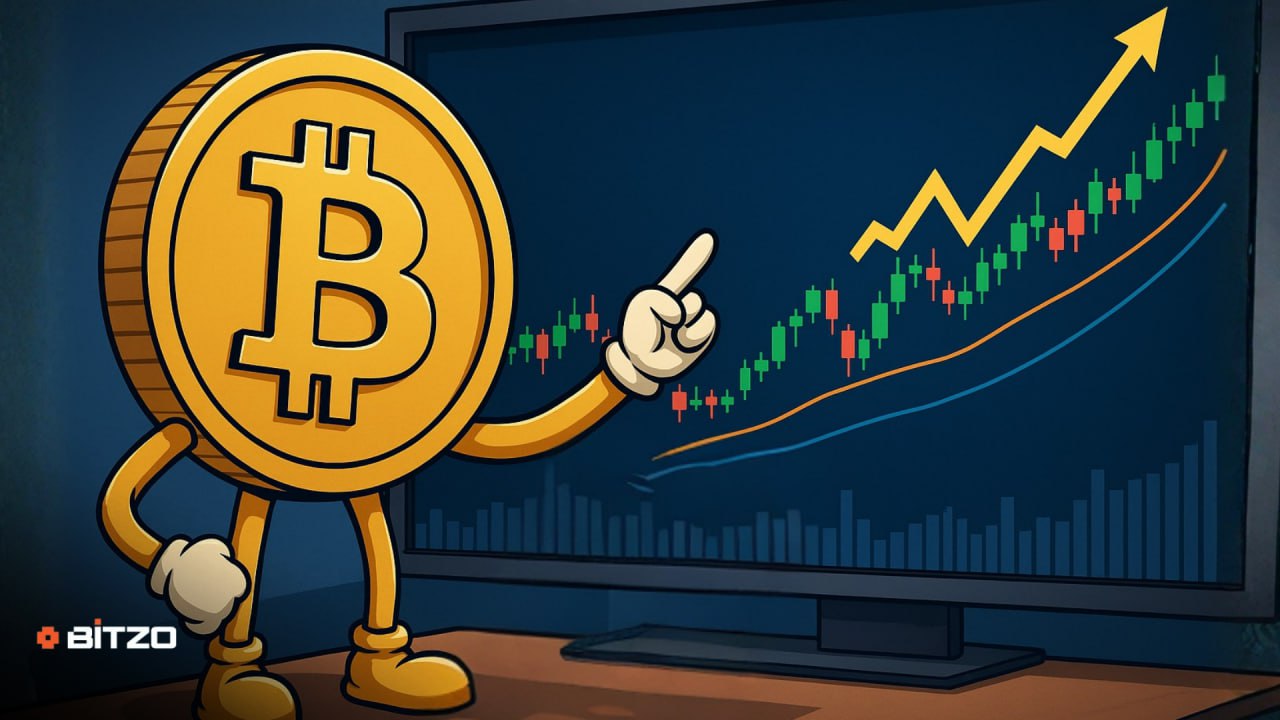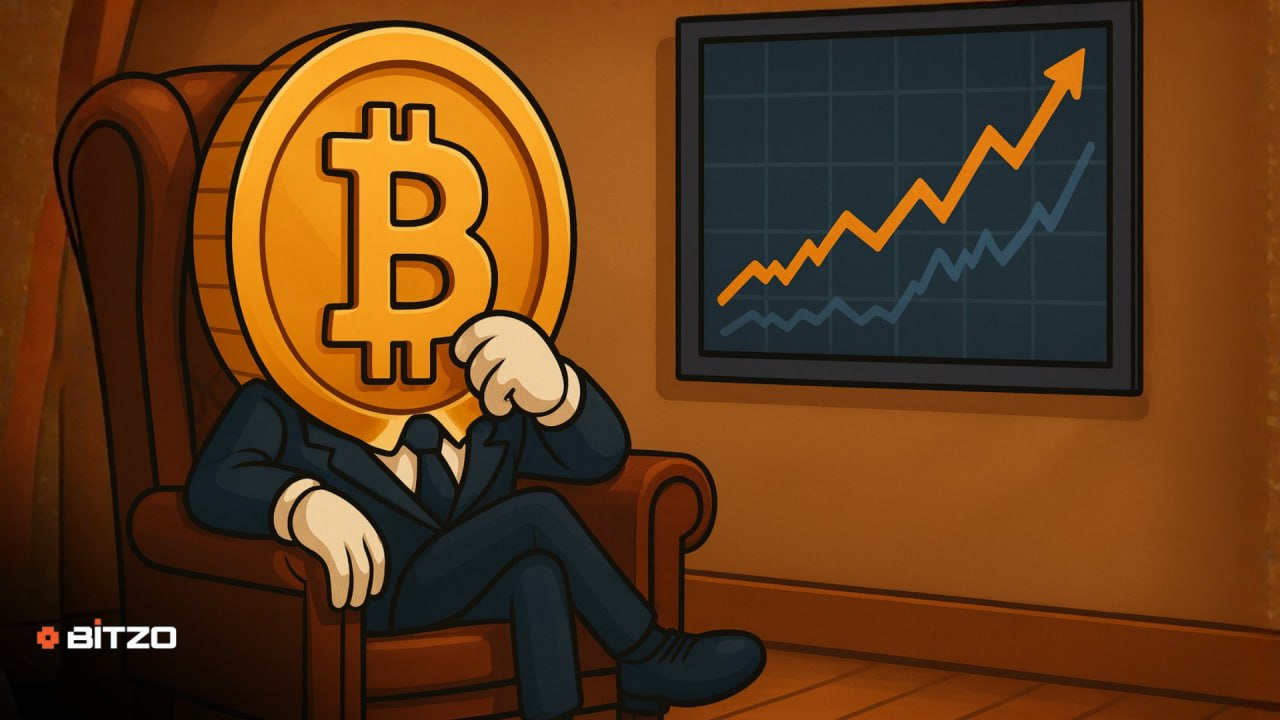Table of Contents
- What Is GameFi?
- Top GameFi Tokens to Watch (2025)
- Deep Dive into Top GameFi Coins 2025
- TRUE World ($TRUE)
- 2. Immutable X (IMX)
- 3. Gala (GALA)
- 4. The Sandbox (SAND)
- 5. Axie Infinity (AXS / SLP)
- 6. Illuvium (ILV)
- 7. NOTCOIN (NOT)
- 8. Enjin Coin (ENJ)
- 9. MOBOX (MBOX)
- 10. ApeCoin (APE)
- Risks & Considerations
- Conclusion






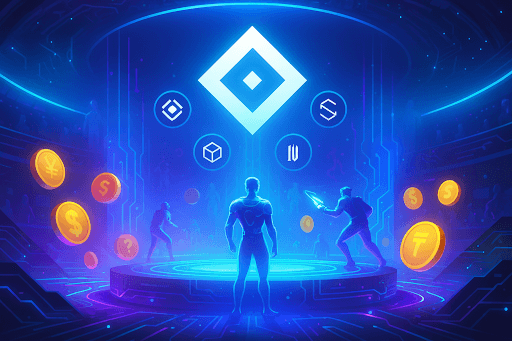
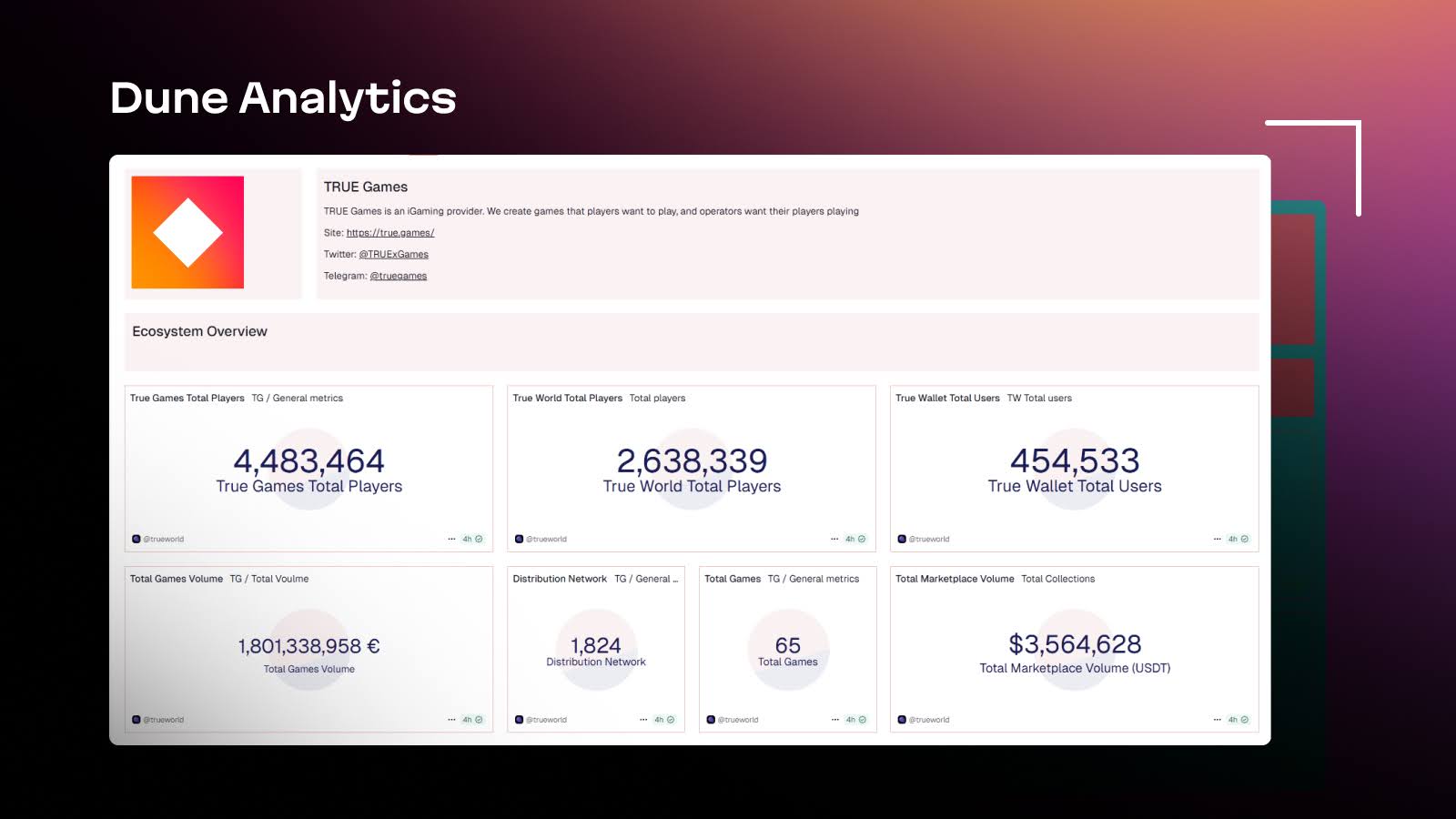 Source:
Source: 